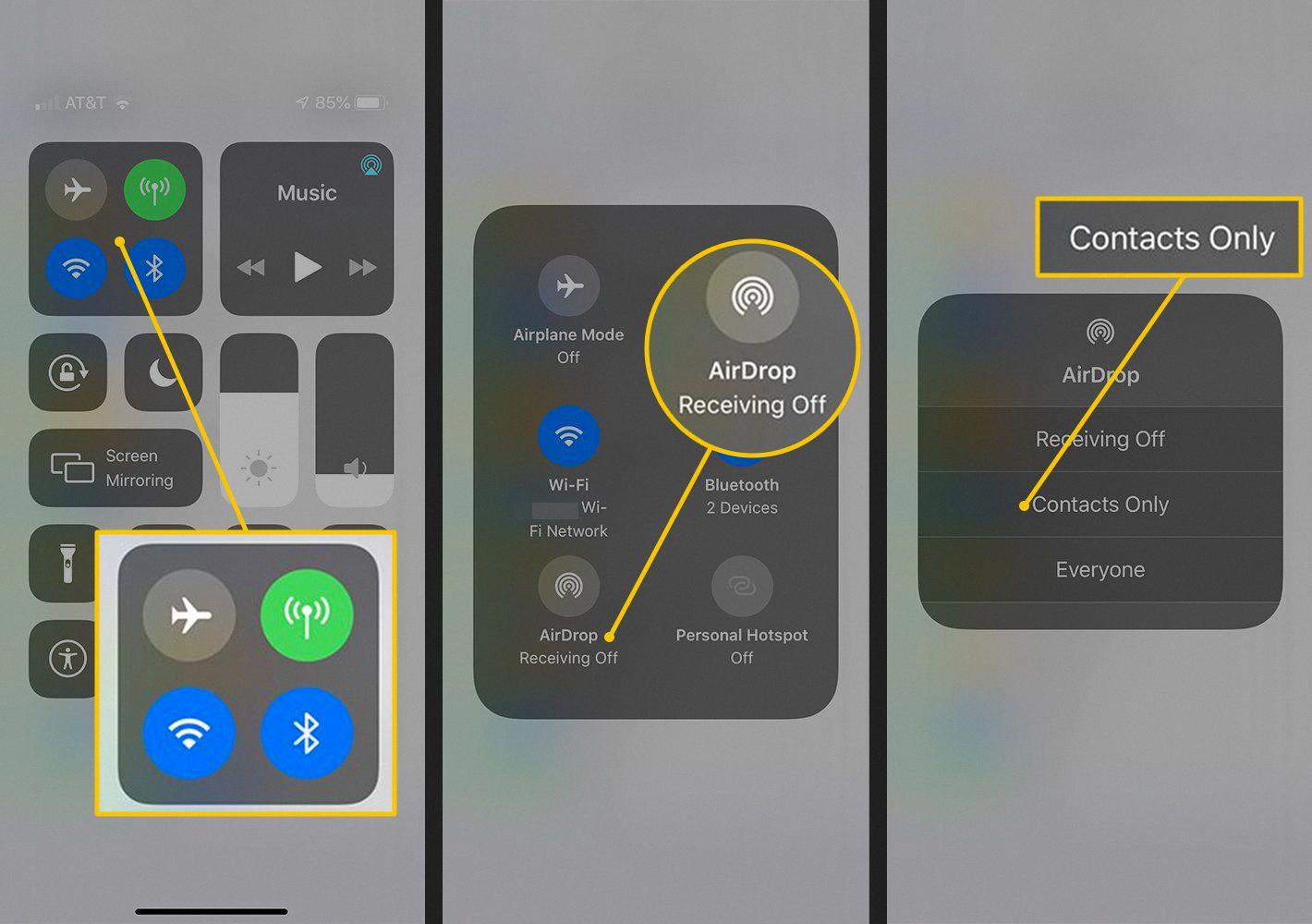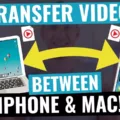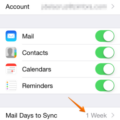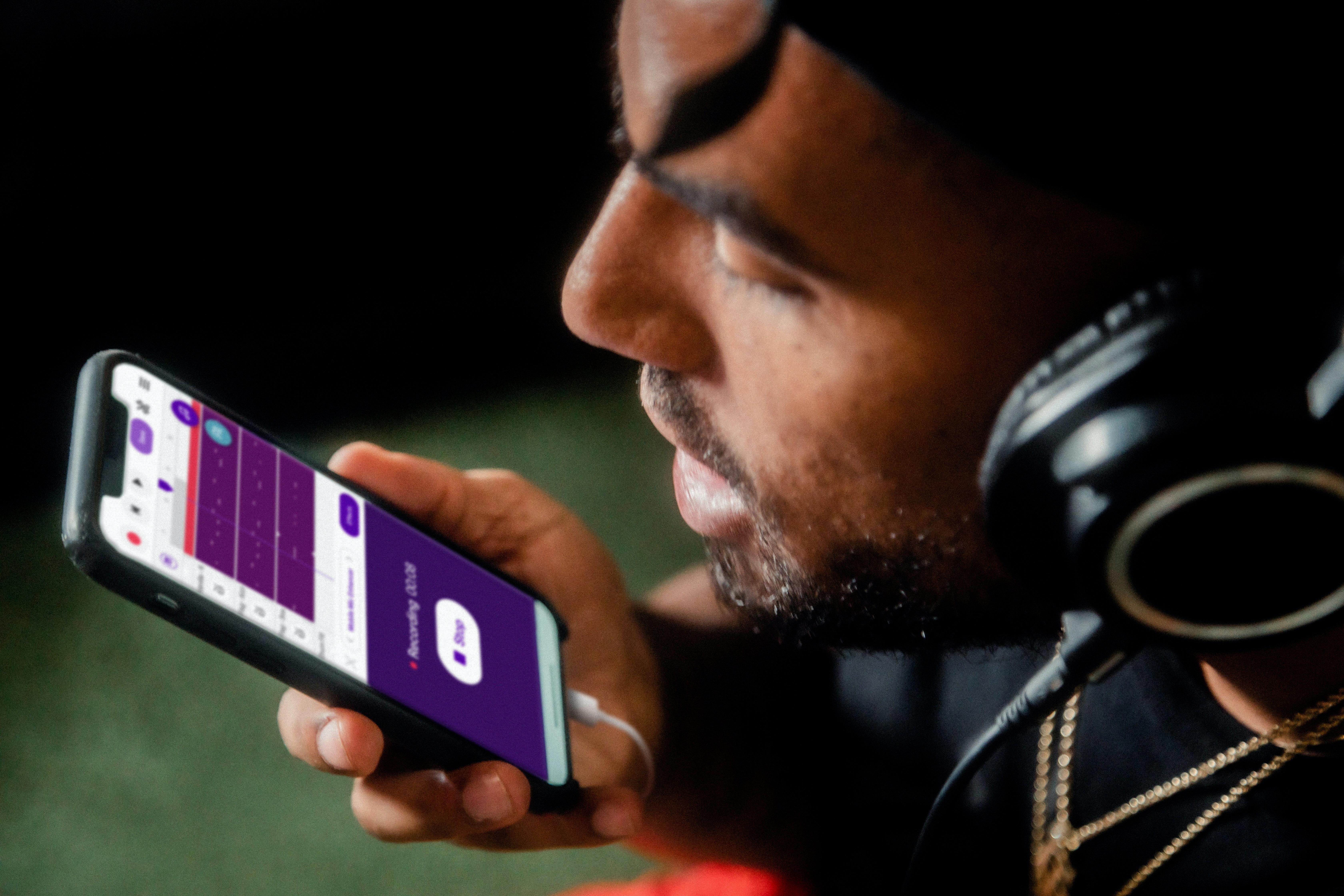AirDrop is a fast, easy, and secure way to share files betwen Apple devices. It allows you to quickly and easily transfer photos, videos, documents, and more wirelessly between iPhones, iPads, Macs, and even Apple Watches. In this blog post, we’ll explain how to open AirDrop so you can start sharing files in no time!
To use AirDrop on your device:
1. On an iPhone or iPad running iOS 7 or later: Open the Control Center by swiping up from the bottom of your device’s screen. Tap the AirDrop icon (it looks like a circle with an arrow pointing up). Select either “Everyone” or “Contacts Only” depending on who you want to be able to see your device when they attempt to send a file.
2. On a Mac running OS X Yosemite or later: Open a new Finder window and click on AirDrop in the left sidebar. Select either “Allow me to be discovered by” everyone or “Contacts Only” depending on who should be able to see your device when they attempt to send a file.
3. If you are using an Apple Watch running WatchOS 2 or later: Swipe up from the watch face and tap the AirDrop icon (it looks like an arrow pointing up). Select either “Everyone” or “Contacts Only” depending on who you want to be able to see your device when they attempt to send a file.
Once you have enabled AirDrop on your device(s), simply select the file(s) that you would like to share with someone else and tap “Share” (on iOS) or drag them onto the oter person’s avatar (on Mac). The recipient will receive a notification that they have received something via AirDrop and can then accept it by tapping it on their device.

That’s all there is to it! With just a few simple steps you can now start using AirDrop for quickly and easily sharing files between devices without having to worry about cables or emailing large attachments!
Locating AirDrop on an iPhone
To find AirDrop on your iPhone, go to Settings > General. At the top of this page, you will see an option for AirDrop. Tap on it and you will be able to choose from three options: Receiving Off, Contacts Only or Everyone. If you see Receiving Off and can’t tap to change it, go to Settings > Screen Time > Content & Privacy Restrictions > Allowed Apps and make sure AirDrop is turned on.
Using AirDrop
AirDrop is a great way to quickly and easily share files between Apple devices. To use AirDrop, you’ll need two Apple devices that are compatible with AirDrop and wthin close proximity of each other.
On the device you want to send the file from, open the file you want to share, then tap on the Share button at the bottom of your screen. Then select AirDrop from the list of options. Once you do that, you’ll see nearby devices that are available to receive your file. Select the person or device you want to send it to and they’ll receive a notification that you’re sending them something.
Once they accept, your file will be sent over securely and be available on ther device in just a matter of seconds! If for any reason they reject it or if it times out, simply try again.
Using AirDrop to Share Photos
AirDropping photos is a quick and easy way to share images with friends and family. To AirDrop photos, first select the images you want to transfer by pressing the command key and clicking on them. Then click on the Share button at the top of your screen, whih will give you the option to AirDrop. After selecting this option, select the device you want to share the file with. The image or images will then be sent via AirDrop!
Troubleshooting AirDrop Not Showing Up on iPhone
There are a few possble reasons why AirDrop is not showing up on your iPhone. First, make sure that you’re running the latest version of iOS on your device, as AirDrop requires an up-to-date system in order to work properly. Additionally, ensure that Bluetooth and Wi-Fi are both enabled on your device, as these are necessary for AirDrop to work correctly. Lastly, make sure that your device is unlocked and the display is turned on; if it’s locked or powered off, it won’t appear to someone else as an available device for sending an AirDropped file.
Do I Have AirDrop on My iPhone?
Yes, you likely have AirDrop on your iPhone. AirDrop is a feature that was included on iPhones since the iPhone 5 and later. To use AirDrop, you need to make sure it is turned on in the Settings app or the Control Center. To turn it on in the Control Center, swipe up (or down from the top-right corner of an iPhone X or later) to open it and then tap and hold the WiFi button, select AirDrop, and choose who can send files to your iPhone.

Source: lifewire.com
Enabling AirDrop on iPhone
To enable AirDrop on your iPhone, first open the Control Center by swiping down from the upper-right corner, or swiping up from the bottom. Then press and hold on the tray that contains the Airplane Mode, Wi-Fi, and Bluetooth buttons. In the expanded tray, tap on the AirDrop button to turn it on. That’s it! Now you can use AirDrop to quickly and easily share files between your iPhone and other Apple devices.
Conclusion
Opening Airdrop is a quick and easy process requiring no additional software. To start, you must ensure that both devices are usng the same Wi-Fi network. Once you have done this, launch the ‘Control Centre’ on the sending device to activate AirDrop. You will then be able to select the receiving device from a list of available devices nearby. On the receiving device, you must also activate AirDrop in ‘Control Centre’, and then accept any incoming requests for file transfers. Once accepted, files can be transferred quickly between both devices with no additional costs or software needed. With just a few steps, AirDrop makes it simple and easy to transfer files between Apple products.








